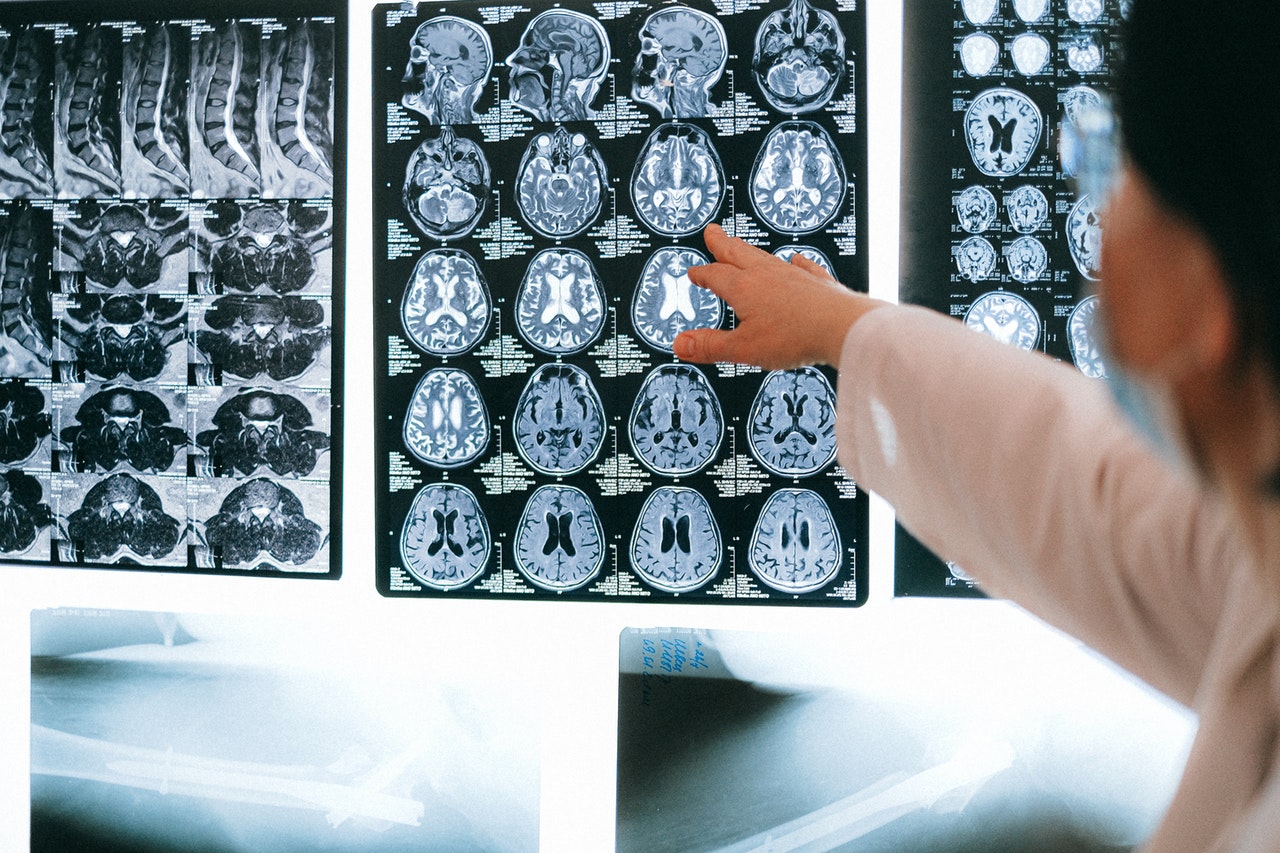If you have been scheduled for an MRI test, you may be familiar with the acronym, but not much else. There’s no need to worry, an MRI test is painless, does not involve radiation, and helps doctors diagnose a very wide range of conditions that would be difficult or painful to diagnose using other procedures.
Before the MRI
Preparing for an MRI involves a series of crucial steps that can significantly impact the overall experience. Firstly, it’s essential to choose a reputed and credible medical diagnostic imaging center for your scan. Communication with your healthcare team is also essential; inform them about your medical history, allergies, and previous surgeries. Openly discuss any concerns or fears you may have, as they can provide information and support to ease your apprehensions.
When it comes to clothing, opt for comfort without metal components, as these can interfere with the MRI machine. Many facilities provide gowns or scrubs, but it’s wise to confirm beforehand. Remove all jewelry and accessories containing metal to ensure a smooth procedure.
Follow any fasting instructions provided by your healthcare provider, especially if contrast dye is involved. Additionally, inform the healthcare team about any medications you are currently taking, including over-the-counter drugs and supplements. These preliminary steps lay the groundwork for a seamless MRI experience.
During the MRI
The actual MRI procedure can be somewhat daunting, but understanding the process can alleviate anxiety. Arrive at the facility well in advance to complete any necessary paperwork, and be prepared to answer questions about your medical history. Changing into a gown or scrubs ensures that there are no metal components that could interfere with the MRI.
If your MRI involves contrast dye, a healthcare professional will administer it through an intravenous (IV) line. While mild side effects like a metallic taste or warmth may occur, they usually subside quickly. Once positioned on the MRI table, it’s crucial to remain still during the imaging process to obtain clear and accurate results.
The MRI machine produces loud noises during the scan, but you will likely be provided with earplugs or headphones to minimize the sound. Communication with the healthcare team through an intercom system allows you to express any concerns or discomfort, ensuring a more comfortable experience.
After the MRI
After the MRI, you can typically resume normal activities immediately. However, if contrast dye was used, your healthcare provider may recommend drinking extra fluids to help flush it out of your system. The images generated by the MRI will be analyzed by a radiologist, and the results will be shared with your healthcare provider.
Schedule a follow-up appointment to discuss the findings and determine the next steps, if any further action is needed. While MRI is generally safe, some individuals may experience mild side effects such as dizziness or nausea. If these symptoms persist, contact your healthcare provider for guidance.
In conclusion, navigating the before, during, and after stages of an MRI involves careful preparation, understanding the procedure, and considering post-scan care. By being proactive in communication, adhering to pre-scan guidelines, and remaining informed throughout the process, you can approach your MRI with confidence, ensuring the best possible outcome for your health and well-being. Knowledge becomes a powerful ally in this journey through the various phases of an MRI test.



